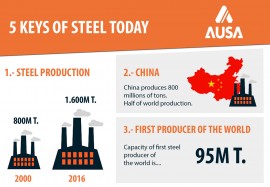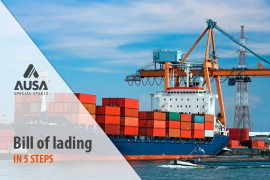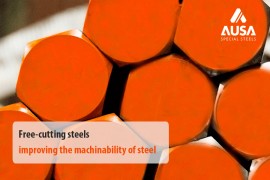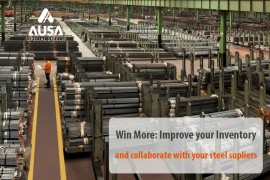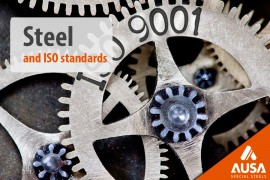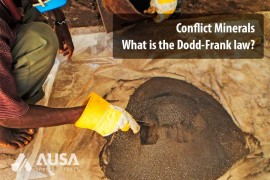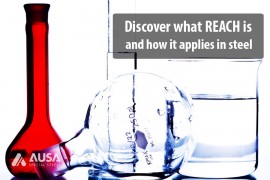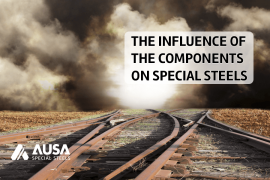ISO 9001:2015 What’s new?
After the post “Steel and ISO standards” where we discussed about the standardization by the international organization ISO in products such as steel, we introduce below the main implications of the revision of the most widespread ISO standard: ISO 9001. ISO standard 9001, chosen by most companies to certify their quality system, is intended to…
Details

